No one understands better than Microsoft how direct and intentional effort can transform both the perception and the reality of the Eastside in a relatively short amount of time.
The same year (1979) that Bill Gates and Paul Allen moved their fledgling enterprise to an address in downtown Bellevue, the City of Bellevue commissioned a market analysis to assess, among other things, the current population, demographics, and environment for various business and cultural pursuits in the area. That study, published in 1980 (known as the Dykstra Report), paints a picture of our region that is unrecognizable to anyone who has lived in the area for less than about 2 decades. Major local employers of the day were Olympic Stain, Pacific Coca Cola, CH2M/Hill Engineering – along with some familiar current mainstays: PACCAR, Puget Energy, and Safeway. Regarding regional economics, the study states:
Local residents have significantly higher income than residents of Seattle or Washington at large. Almost 60% of Bellevue households earn over $25,000, compared to about 25% for Seattle or the state. In contrast, about 13% of Bellevue resident earn under $15,000. Versus 40 to 50 percent of state residents. (Page III-1)
The report also provides a snapshot of the population base in Bellevue at that time, but any mention of demographic/cultural diversity is markedly absent, with the distinctions between resident sub-groups described solely in economic (i.e. blue vs. white-collar workforce, education & income levels, etc.) and age-based terms. Overall, the analysis describes a somewhat sleepy and bucolic Seattle suburban region with the potential for some modest growth over the coming decades – a more affordable and less congested alternative to the big city across the lake.
Imagine if an Eastside resident of the day had referred to Bellevue or Redmond or Kirkland as a future center for technological innovation and home to some of the world’s largest corporations and wealthiest individuals– One can easily envision Seattleites exchanging knowing, bemused side-eye glances, and perhaps making patronizing remarks about our dairy and strawberry farm-driven economy, before heading down to Pike’s Place Market for a cup of coffee at the trendy new hotspot of the day (where they might have encountered a newly arrived Brooklyn, NY transplant, Howard Schultz).
Microsoft changed everything, first in Bellevue, and later in Redmond, after relocating there in 1986. The Eastside steadily transformed into a global hub for forward-thinking, innovative technology companies that flocked to the area, and naturally congregated around the center of technological gravity that Microsoft had created. The Eastside is now internationally synonymous with our industry-leading technology sector and, increasingly, for the brilliant diversity of our population – many of whom are drawn here from around the world and choose to live and work in an area balanced on the leading edge of innovation.
Microsoft is now once again at the center of another major transformation in both the perception and the reality of life here on the Eastside. Our region is currently teeming with cultural and artistic activity, which is a direct result of the singular amalgamation of diverse cultures that now call our community home. As before, Seattlelites might still be inclined to regard descriptions of our Eastside community as a hotbed for cultural innovation and creative life with bemused and dismissive derision. Those who continue to believe that the Eastside is destined to remain the domain of shopping malls and chain restaurants, bereft of cultural life – apart from a handful of notable exceptions including the Village Theater, PNB, Kidsquest – have clearly missed the boat. The entire Eastside region is poised for yet another vibrant transformation, this time in the creative arts and cultural sector. Microsoft recognizes this fact – and they have strategically begun to invest in this exciting vision for the Eastside.
EastHUB was founded to leverage the unique opportunity to embed a rich cultural ecosystem within an environment created by the confluence of the current unprecedented growth and investment in our Eastside region; a well-educated and brilliantly diverse population base that calls our community home; and the relative dearth of cultural facilities and gathering spaces that does not reflect the community’s emergent needs. These conditions have created an ideal environment for the flowering of a rich creative sector within our community. Microsoft recognized the writing on the wall 40 years ago and transformed the Eastside into a bustling tech hub. Today, just as Microsoft was the original forward-thinking catalyst that propelled our region into the ranks of world-class communities, Microsoft’s partnership and crucial early support of EastHUB will galvanize the cultural soul of our community to create a lasting legacy that is similarly pioneering and revolutionary.
In the end, EastHUB’s goal is not to replace or surpass our cultural friends on the west side of Lake Washington, but to create a unique and distinct regional destination for arts and culture. As EastHUB’s earliest and most important supporter, Microsoft has provided valuable guidance, encouragement, and investment in our efforts to develop a vibrant and inclusive network of cultural gathering spaces for our community. Ultimately, this partnership will facilitate not only a complementary rich cultural ecosystem to the one that already exists across Lake Washington. It will be Microsoft’s testament and legacy yet again – indeed, its pioneering vision at work – to awaken the dormant artistic and cultural potential of our Eastside home.

